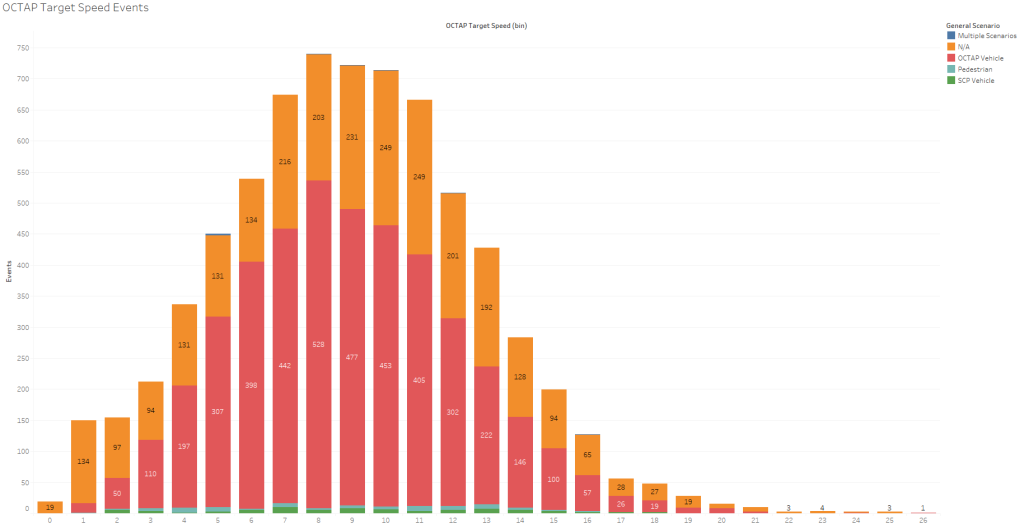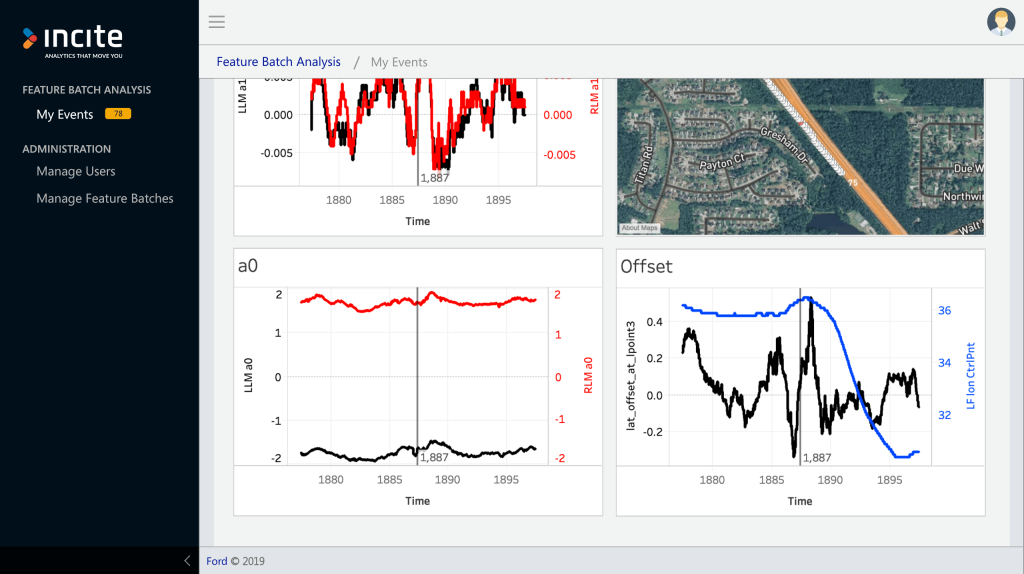Case study
Automaker wrangles massive amounts of data to deliver exceptional self-driving CX


A major automaker faced a persistent challenge in their autonomous program due to an overwhelming amount of real-world driving data generated by their self-driving vehicle fleet, which required highly trained engineers to spend weeks sorting through data for basic insights.
This disrupted program development, slowed progress, and led to crucial decisions being made based on opinions rather than data. Despite consulting with their IT department for a solution, the complexity of the data problem exceeded their experience and resources. As the production deadline loomed, the team was forced to prioritize urgent tasks, hindering their ability to approach the project strategically.
Valuable insights, data analysis precision, and answers to critical questions
To address their data challenges, the automaker enlisted Incite whose collaborative approach involved close engagement with the self-driving team. This resulted in a tailored analytics platform that efficiently processed and organized extensive road-testing data. The platform not only provided valuable insights, enhanced data analysis precision, and allowed the team to address critical questions but also played a pivotal role in fine-tuning engineering workflows, bug tracking, performance improvement, and root-cause analysis. Ultimately, it helped the automaker deliver their autonomous program on time while meeting safety requirements and customer experience expectations.
“Incite’s analytics tool has been incredibly helpful in developing every dimension of our self-driving product, from customer-facing challenges to safety-critical questions.”
Director of ADAS program, Global automaker
This dashboard allows both technical and non-technical users to extract meaningful insights from masses of collected data.

This data analysis platform helps engineering and analysis teams visualize key metrics to expedite detect-to-correct cycles.
Business benefits
- Significantly shorter software development cycles – from weeks to days
- Structured and ad-hoc analysis to explore behavior across numerous dimensions of vehicles, driving scenarios, vehicle software versions, and driving conditions
- Event analytics and metrics related to real-world complexities such as lane line degradation, road and traffic conditions, bright sun, nighttime visibility, variable weather, speed, etc
- Instant project progress tracking and prioritization through viewing, filtering, sorting, and tagging real-world events
- Storage and cataloging of real-world and simulation data for testing and refinement of autonomous corner cases




